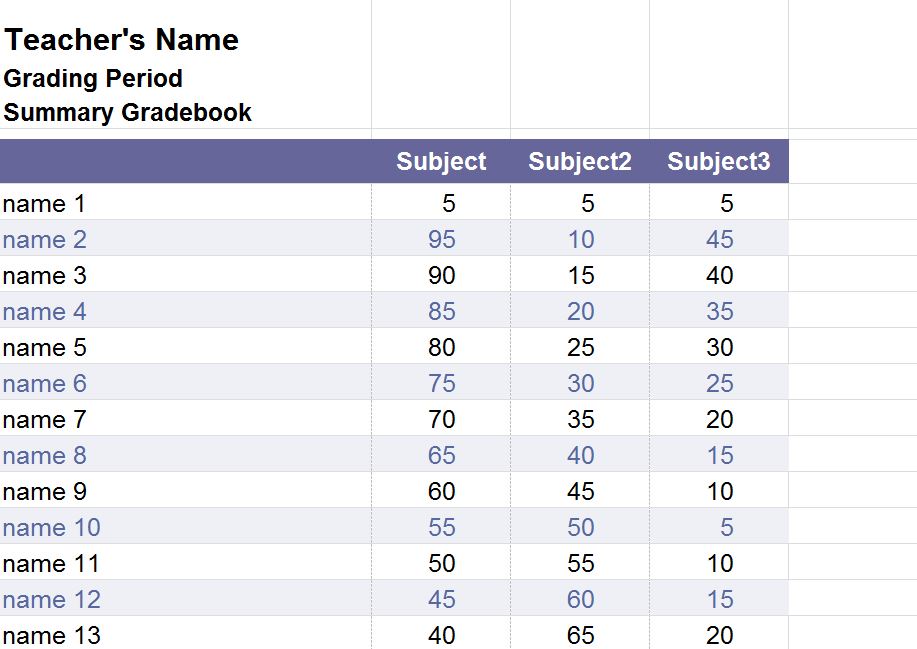

Once you are aware of the universities in Germany, the next thing would be to apply for a study visa. The table below will help you understand the German grading system with reference to ECTS. Like other major grading systems, the evaluation scheme in the German educational institutes is similar.
#Grading percentages free#
Studying at public universities would mean to avail free education in Germany. Leading the research in the field of technology and medicine, the European country is one of the top study destinations for those seeking overseas education at a low cost. Germany is home to some of the top universities in the world that offer education in diverse disciplines. To know the hack, read our blog on GPA to Percentage German Grading System
#Grading percentages how to#
Now you must be wondering how to convert the GPA score into a percentage.

If you are planning to study in UK, you should know about the grading scheme in the country. The assessment that the country uses not only highlight your academic performance but also your important skills and strengths which gives your recruiters a better insight into your portfolio. The UK ranking scheme is one of the world’s most powerful systems, which is why similar assessment approaches are used by countries such as Australia, Canada and India. Grading systems for the constituent countries of the UK vary slightly but overall it is similar. Let us have a look at the chart below to understand it better. The prestigious institutions like Harvard, MIT and Stanford together make it the leading study destination for international students. While considering the option to study abroad, the US is the first place that comes to mind. Here are the grading systems used by Indian institutes. The grading system in India follows different systems depending on the type of school, university or even the exam.

Letter Grading and Variations – from A grade to F grade.Grading Percentage– from 0 to 100 percent.There are different types of acceptable grading systems around the world. Evaluation Process of Canadian Institutes.Advantages and Disadvantages of Grading Systems.


 0 kommentar(er)
0 kommentar(er)
